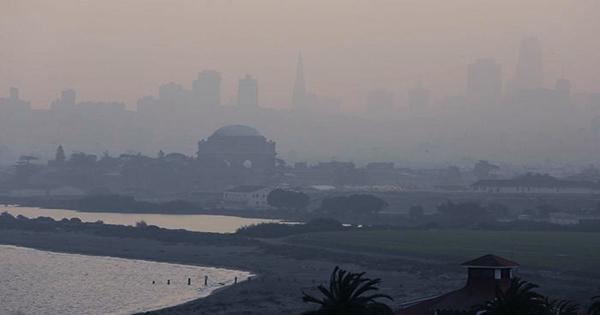With one-third of humanity under lockdown due to COVID-19, the world has shut down. Factories have been shut down and airlines grounded following a stay-at-home system for people to be infected. Among other countries, satellite images of pollution levels in China and Italy have prompted climate scientists to measure the effects of climate change on our environment.
Rob Jackson, chair of the Global Carbon Project and a professor of Earth system science at Stanford University in California, told Reuters in an email, “I would not be surprised to see a 5 percent or more reduction in carbon-dioxide emissions this year, which has not been seen since the end of World War II.” He continued, “The collapse of the Soviet Union or the various oil and savings and loan crises of the last 50 years will not affect the way this crisis has unfolded.”
However, the observations are not due to structural changes, but to extraordinary circumstances. So climate scientists expect that this emission will be short-lived and that Covid-19 will return to the level seen before the planet was captured. Professor Chris Hilson, Professor of Law, director of the Reading Centre for Climate and Justice, University of Reading, explained, “Physical reductions in greenhouse gas emissions have been widely observed due to massive industrial and transportation shutdowns in response to the virus.”This, of course, is a temporary, one-time victory, which is also true of clean air (especially in Chinese cities) and water (such as in the canals of Venice, freeing navigation) and equally widely observed co-benefits (cruise ships) and improved nature conservation (Through less human intervention due to lockdown).”
Other research institutes have also noted similarities between the greenhouse gas emission dips that occurred during the global financial crisis of 2007-2008. There was a 5.1 percent recovery after a 1.5 percent decline in emissions. Such a return has already been seen in China, where daily coal consumption at six major Chinese companies has returned to normal.
Seaver Wang, a climate and energy analyst, and Zeke Hausfather, director of Climate and Energy, both from Breakthrough Institute wrote in a post, “Past global economic recessions have temporarily eased, but after recovery, the emissions always return to where they used to be in the absence of a recession.”
The Breakthrough Institute using GDP estimates also predicted a reduction in global CO2 emissions between 0.5 and 2.2 percent in response to the coronavirus epidemic. But this is just the tip of the iceberg, especially as a UN report warns that emissions must be reduced by 7.6 percent per year over the next decade, in order to reach the ambitious goal of 1.5 degrees Celsius warming in the Paris Agreement by 2030.
Wang and Hausfather concluded, “Our estimates indicate that the silver lining of the epidemic climate is extremely thin.” In light of the epidemic, the COP26 UN Climate Change Conference has been postponed until 2021 due to its occurrence later this year. Scientists welcomed the news who said that this government would be able to focus on the fight against the COVID-19 epidemic and enable the summit to get as much attention as possible.














